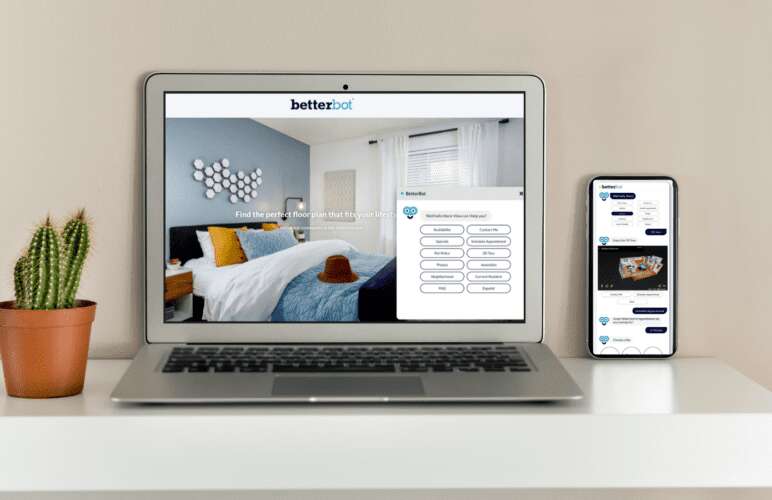
Living in the post-pandemic era, while normalcy has largely been restored, it remains undeniable that the substantial reliance on technology witnessed during the pandemic persists. The multifamily sector has adeptly seized a period of adversity, leveraging it as a catalyst for embracing new methods that have transformed the industry like never before. This transition has granted property management teams access to invaluable data that was previously out of reach. However, maintaining organization and focus can pose a challenge amidst this influx of data. Here are our five essential multifamily metrics and KPIs that should be at the forefront of your attention. Regardless of the abundance of data at your disposal, prioritizing these metrics is crucial.
Occupancy and Vacancy Rates
Monitoring your current occupancy and vacancy rates is an imperative part of property management. This allows comparisons against competing units and the market average, typically around 95-96%. For instance, suppose your properties are operating at a 90% occupancy rate while nearby units consistently achieve the market average. In that case, it serves as a clear indicator of potential underperformance. This discrepancy suggests a need for intensified marketing efforts to attract and retain tenants, thereby optimizing occupancy levels and maximizing revenue potential. Conversely, outperforming competitors can be leveraged as a unique selling point for potential renters, as it instills confidence in potential tenants regarding the desirability and reliability of your accommodations, ultimately bolstering your property’s appeal in a competitive market landscape.
Lead-to-Lease Conversion Performance
Understanding lead-to-lease conversion timing is essential in the multifamily realm. Given the high-touch sales cycle of the leasing process, conversion timing varies significantly across regions and communities. By analyzing the performance and timing of each unit, you can refine and optimize your marketing strategies to expedite the cycle. Such analysis enables the identification of bottlenecks or inefficiencies within the conversion process, allowing for targeted refinements and optimizations. Whether it involves streamlining communication channels, fine-tuning advertising strategies, or enhancing the showcasing of property amenities, these optimizations aim to expedite the conversion cycle. Expediting the lead-to-lease conversion cycle enhances operational efficiency and maximizes revenue potential by minimizing vacancy periods and accelerating rental income streams.
Days to Lease
Every day, a unit remains vacant, which translates to potential revenue loss. Monitoring your average days to lease enables you to identify marketing gaps and pinpoint units that are challenging to fill. By meticulously tracking the average duration it takes to rent a unit, property management teams can effectively identify critical marketing gaps and isolate specific units that prove challenging to fill. This proactive approach allows targeted strategies to address underlying issues, potentially shortening the leasing cycle and minimizing revenue loss. Moreover, an extended days-to-lease cycle may signify external factors such as market decline or shifting renter preferences. Recognizing and responding to these macro-level dynamics is essential for maintaining competitiveness and adaptability within the multifamily industry.
Average Renter Lifetime Value
Understanding the average value each renter brings to your property extends beyond immediate revenue considerations; it serves as a cornerstone for comprehensive long-term planning. Property managers can refine their strategic outlook and optimize operational efficiency by discerning each renter’s precise contribution. Furthermore, efforts to mitigate renter turnover can be intensified through targeted initiatives to enhance the overall tenant experience. This might entail enhancing property amenities, streamlining communication channels, or offering incentives for lease renewals, all of which can foster stronger tenant loyalty and minimize vacancy periods. In essence, a nuanced comprehension of renter value informs strategic decision-making. It empowers property managers to cultivate enduring tenant relationships and fortify the financial sustainability of their multifamily assets over the long term.
Revenue Growth
Revenue growth stands as one of the most pivotal multifamily KPIs. It serves as a barometer for gauging business performance year over year. Utilizing other mentioned KPIs can provide deeper insights into overall growth trends. Understanding the average value each renter brings to your property extends beyond immediate revenue considerations; it serves as a cornerstone for comprehensive long-term planning. Property managers can refine their strategic outlook and optimize operational efficiency by discerning each renter’s precise contribution. In essence, a nuanced comprehension of renter value informs strategic decision-making. It empowers property managers to cultivate enduring tenant relationships and fortify the financial sustainability of their multifamily assets over the long term.
In Conclusion…
As the multifamily industry navigates the complexities of the post-pandemic landscape, it is imperative to recognize the enduring significance of technological integration and data-driven insights while managing multifamily properties. The transformative potential inherent in leveraging innovative methodologies has never been more apparent. By prioritizing key metrics such as occupancy rates, lead-to-lease conversion performance, days to lease, average renter lifetime value, and revenue growth, property management teams can wield a more informed and strategic approach to their operations.



